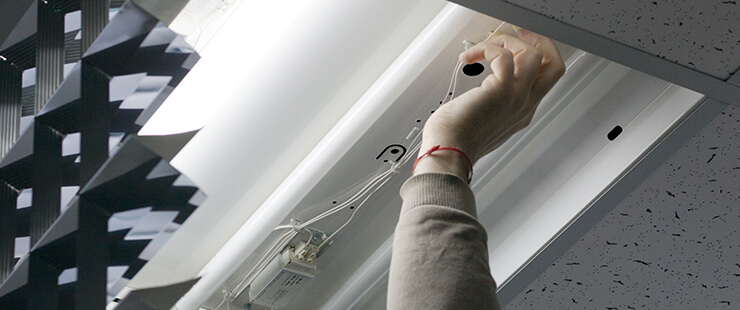Get unique, complex parts easily. No matter your requirements, Chaoyi Spring creates hard-to-produce coil springs and wire forms.
Let us help you create the custom wire form you need, from S-hooks and J-hooks to utility hooks and more.
We work closely with customers across a wide range of industries, helping them design and manufacture made-to-order parts.
Why choose Chaoyi Spring? We prioritize customer-focused collaboration, modern equipment and the latest technology to make your parts per print.
Find the information and guidance you need, from measuring a spring to learning about materials, placing an order and much more.
When it comes to mechanical designs, springs play a crucial role in providing force and restoring motion. Two common types of springs, torsion springs and tension springs, often find their


When it comes to mechanical designs, springs play a crucial role in providing force and restoring motion. Two common types of springs, torsion springs and tension springs, often find their place in various applications, each with its unique characteristics and advantages. Understanding the differences between these two types is essential for engineers and designers to select the most suitable option for their specific needs.

Torsion springs, as the name suggests, are designed to store and release energy through twisting or rotational motion. Imagine a classic wind-up toy – its spring stores energy when you twist it, and this energy is released as the toy runs. This twisting action is what defines a torsion spring.
These springs are typically made of a coil of wire, but instead of being compressed or stretched, they are twisted around their axis. The greater the twist, the more force the spring exerts. Common examples of torsion springs include:
Tension springs, on the other hand, are designed to exert a pulling force when stretched. They are commonly found in applications where a force is needed to extend or pull something. Tension springs are often used in the following ways:
While both torsion springs and tension springs store and release energy, they differ in their direction of force and application. Here's a summary of the key differences:
| Feature | Torsion Spring | Tension Spring |
|---|---|---|
| Force Direction | Rotational or twisting | Linear, pulling or stretching |
| Application | Door closers, garage door springs, clock mechanisms | Retractable cables, spring-loaded clamps, mechanical toys |
| Coil Configuration | Often coiled in a helix shape | Usually coiled in a helix shape, with ends designed for attachment |
Deciding between a torsion spring and a tension spring depends heavily on your specific needs and the application. Here's a guide to help you make the right choice:
The world of springs doesn't end with torsion and tension. There are many other specialized spring types, each with its own unique properties and applications. Some of these include:
From the simplest door closer to the complex mechanisms in a car engine, springs are everywhere. Understanding the different types of springs and their characteristics is crucial for any engineer or designer. By considering the application, force requirements, and space constraints, you can select the perfect spring to power your next innovative project.
Whether you're working on a simple household gadget or a complex industrial machine, choosing the right spring can make a significant difference in the functionality and performance of your design. By taking the time to understand the unique characteristics of torsion springs, tension springs, and other spring types, you can make informed choices and create innovative, reliable solutions.
Browse some of the custom wire forms and springs that we manufacture. Don’t see what you need? We specialize in made-to-order products that meet your application requirements.
Visit Our GalleryNeed a custom wire form or coil spring? We make it work. Fill out the contact form and a representative will respond within 1 business day. If you have a PDF or CAD file, you can submit to request a quote.